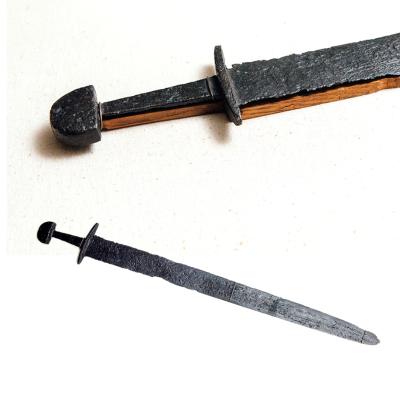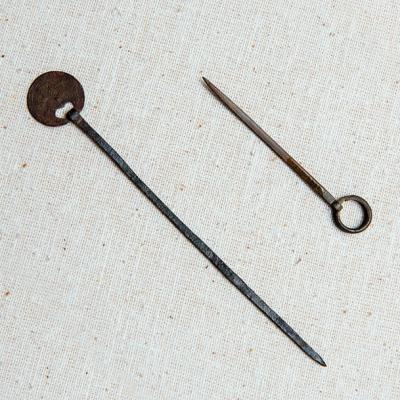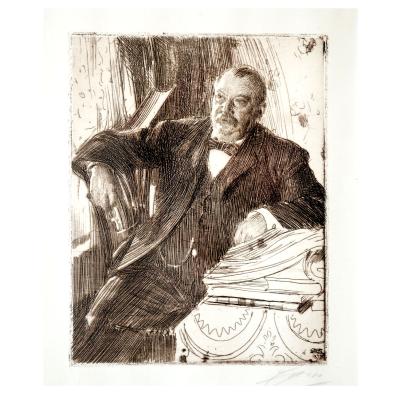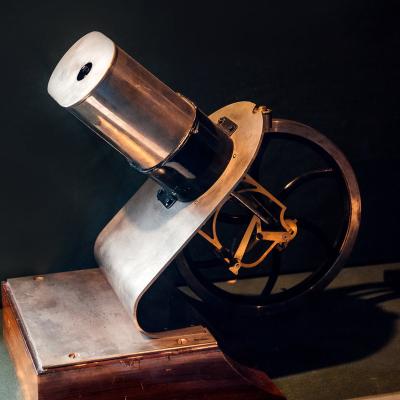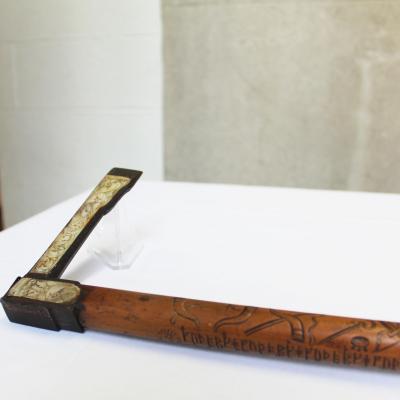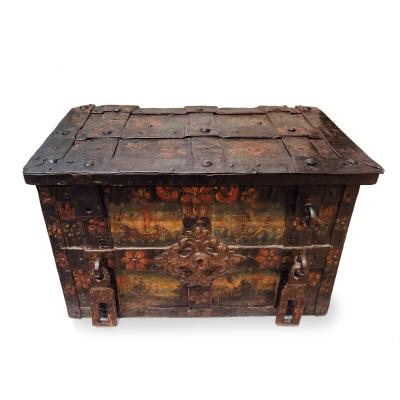Gravitational energy, solar steam engines, and tidal power … sounds like science fiction, right? Think again! Swedish-American inventor, John Ericsson, was ahead of his time when he researched such theories in the mid to late 1800s. Ericsson saw the growing amount of coal needed to fuel the industrial nations and explored limitless energy sources.
While not all Ericsson’s ideas made it off the drawing board, his experiments with solar power were among the most successful. Ericsson invented this solar-powered steam engine, for example, to reduce the use of coal. This prototype, invented in 1870, uses a focusing lens to concentrate light onto a boiler. Focusing the light boils the water, creates steam, and allows the engine to create mechanical energy. Inventors had already experimented with such machines, but Ericsson’s focusing lens was a new balance between energy and cost. Ericsson's prototypes influenced later solar technology, but the inventor died before they could be mass-produced.
This object not currently on display.

